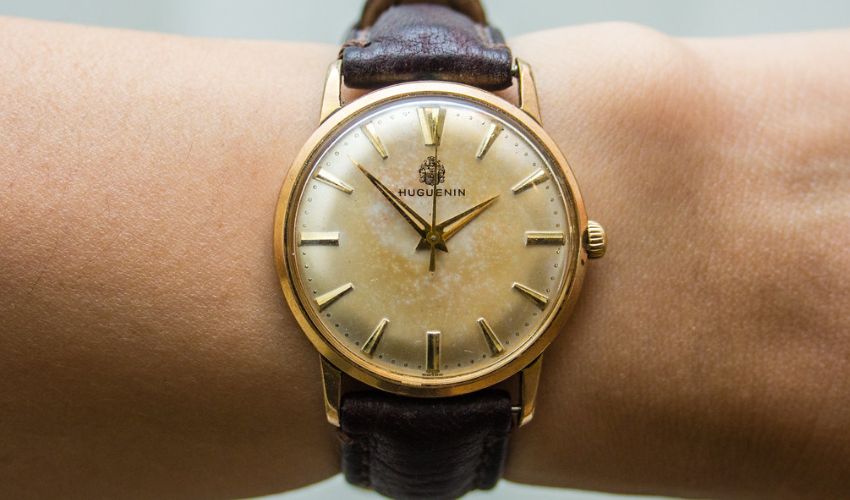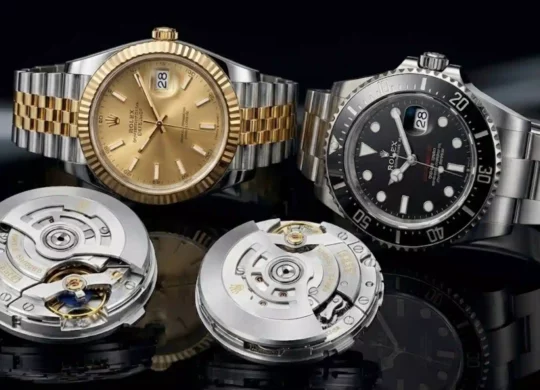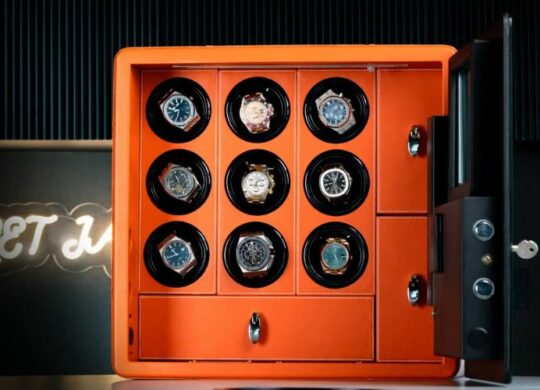What is Patina?
Patina is the gradual change that happens to materials like metals, wood, and leather as they age. For watch lovers, patina on a watch dial is a cherished phenomenon that develops over time. Far from being a flaw, it’s a sign of the watch’s journey and its exposure to various environments throughout its life.
Patina starts to form on a watch when it’s exposed to elements like air, light, and moisture. Over time, as these elements interact with the watch’s materials—typically brass or gold, sometimes with lacquer or paint—the watch’s color and texture change. This creates a unique look that can range from subtle to striking.
The Charm of Patina
When you look at most vintage watches, you might have noticed that their dial glows in a soft, golden shade. This isn’t a flaw but a mark of its journey through time—something we call patina. Patina is a term from the art and antique world that describes how materials gracefully age and change. In watchmaking, patina is just as fascinating, though its charm is often a matter of personal taste.
Let’s take an example of a classic Rolex Submariner. The legendary dive watch, known for its durability and dependability, often acquires a stunning patina on its dial and hands over time. A watch that has spent years under the sun, exposed to saltwater, and worn during countless dives will show signs of its life story. The once-pristine white lume on the dial might gradually shift to a creamy hue or even a greenish tint, while the deep black dial could transform into a captivating tropical brown. These unique changes add character to the watch, turning it into a treasured piece for collectors.
The Debate: To Restore or Preserve Patina?
When it comes to watches, there’s a common debate among collectors: should you restore a watch to make it look brand new, or should you keep its patina—the natural signs of aging. Personally, I would prefer to keep the watch as is as I love the effect patina creates. Also, I believe that each scar tells a story, and something similar can be said for watches getting affected by patina.
Keeping the patina means appreciating the natural signs of aging. Many collectors favor this approach, seeing patina as an essential part of the watch’s story. It’s a way to respect the watch’s history and find beauty in its age. Recently, the trend has shifted towards preserving patina. High-end auction houses and vintage dealers now often place higher value on watches with their original patina than on those that have been restored.
On the other hand, restoring a watch usually involves cleaning, polishing, and sometimes replacing parts to refresh its appearance and functionality. While this can make the watch look pristine, it can also remove the unique character that patina adds.
If you decide to restore the dial, it’s very important that you seek the help of a skilled watchmaker. Attempting to restore the dial yourself can lead to irreversible damage.
The restoration process typically involves the following:
- Careful Cleaning: The watchmaker gently cleans the dial to remove dirt and dust without damaging its delicate surface. This process requires great skill to ensure the original materials and design remain intact.
- Color Correction: Sometimes, special techniques are used to bring back the dial’s original color. Completely removing the patina is difficult and often changes the watch’s unique character and perceived value of the watch.
- Protective Coating: A protective layer is applied to prevent future patina and maintain the dial’s restored appearance. This coating protects the dial from environmental factors, keeping it looking pristine for longer.
As the world of horology evolves, the concept of patina continues to captivate both vintage aficionados and contemporary watchmakers alike. Modern brands are now experimenting with materials and techniques to give their watches that desirable “patina” effect straight from the factory, catering to the rising demand for timepieces with a classic, aged appearance.
These advancements reflect a deepening appreciation for the unique beauty of imperfection, and the story each watch tells through its patina. As a result, the charm of patina is set to remain a cherished element in watch collecting, bridging the gap between historical significance and modern craftsmanship.





